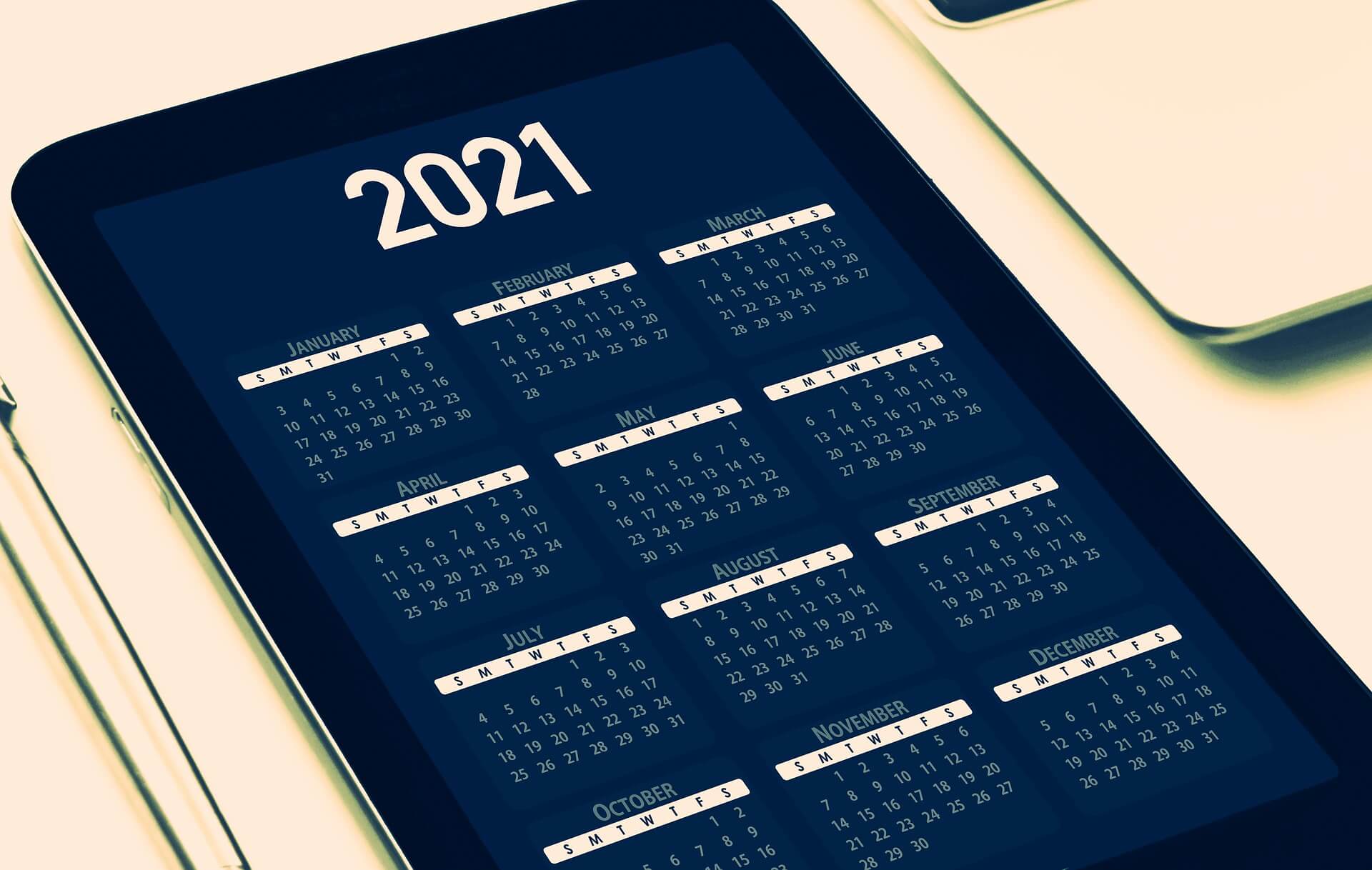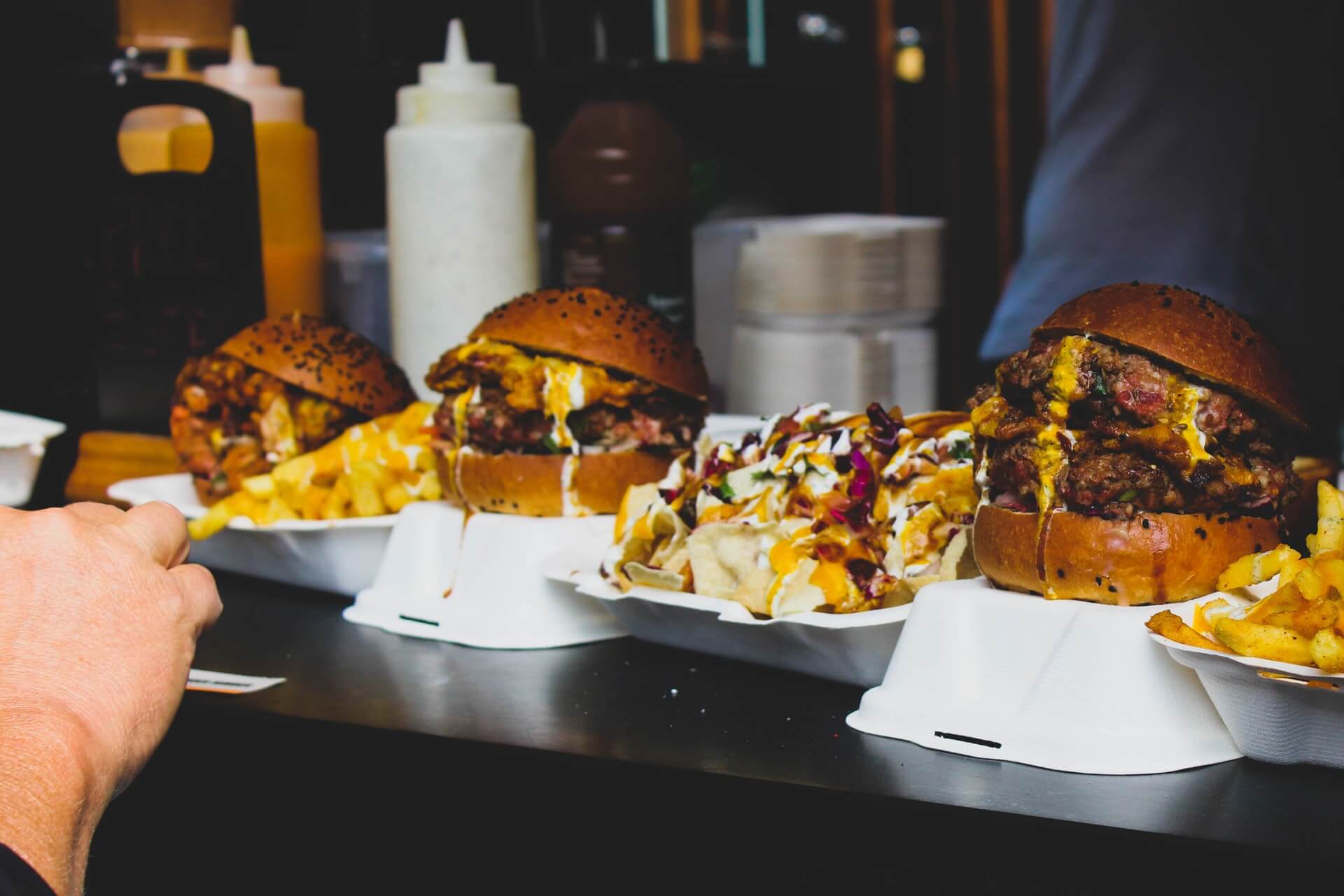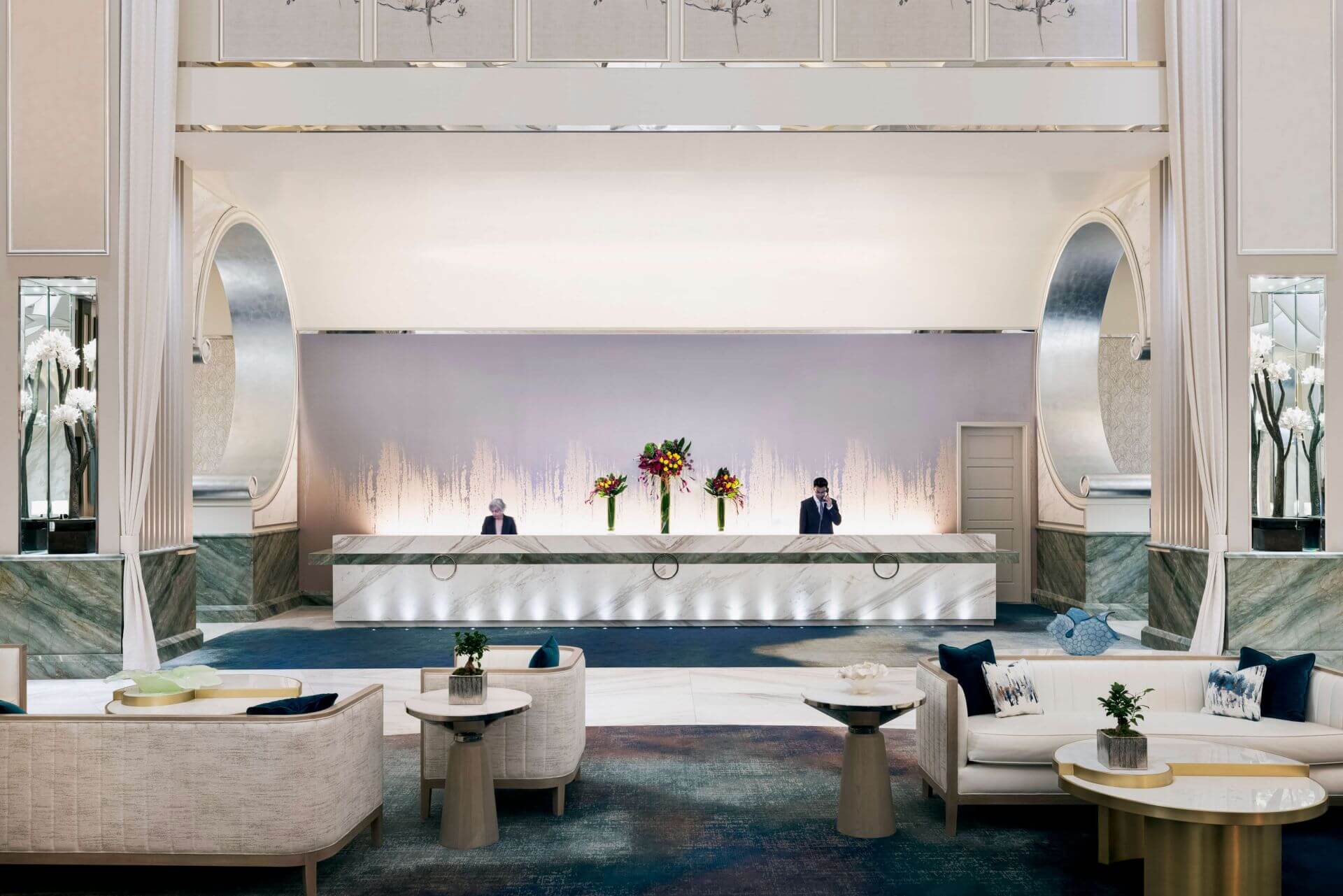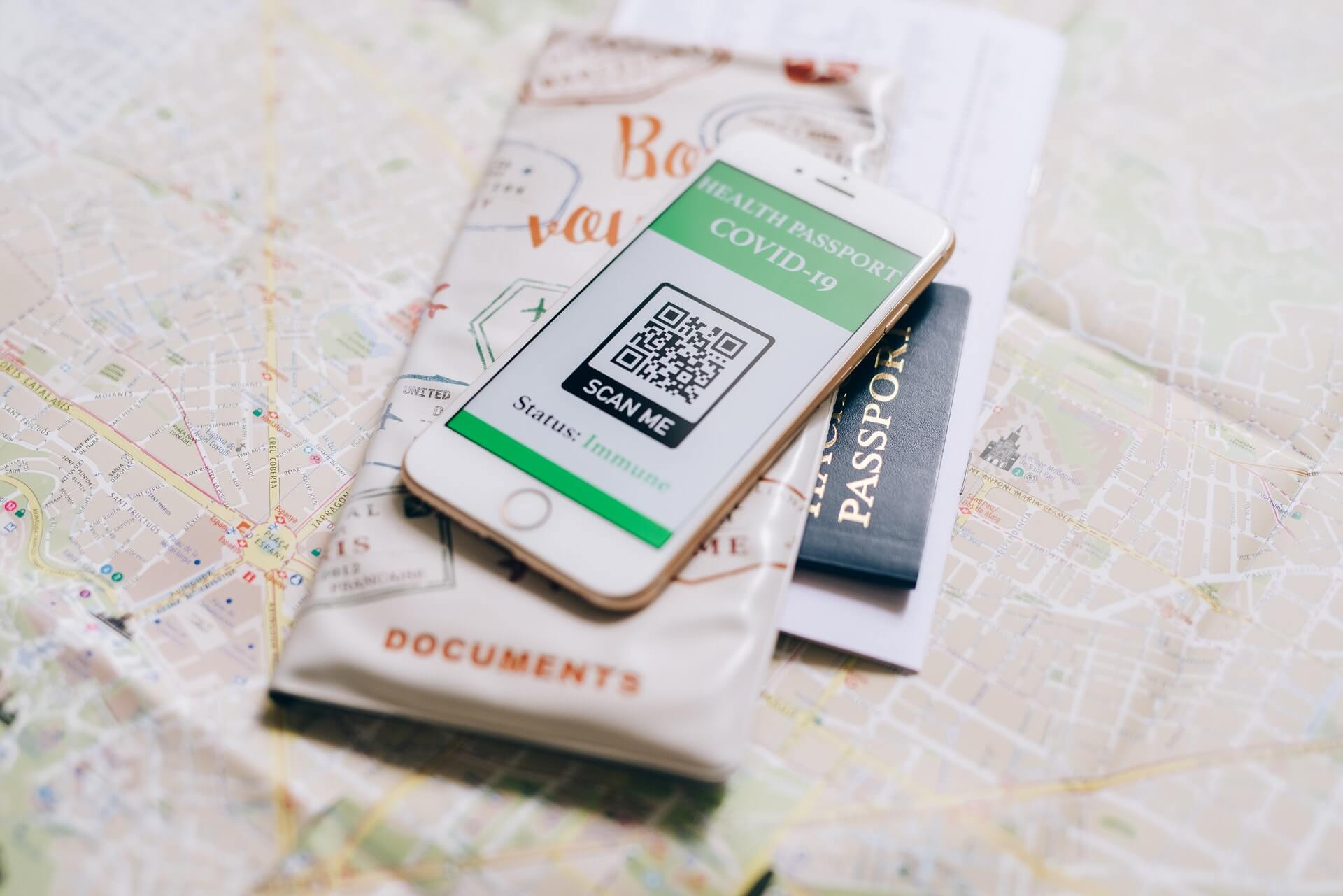Extend Your Reach with a Loyalty Program
by David Klemt

It’s increasingly important to stay top of mind with your guests. Now more than ever, that means finding yourself on their screens.
For likely the one-billionth time, allow me to point out something we should all know by now: We’re all on our phones and tablets all the time.
From texts and emails to app notifications and social scrolling, there’s always a reason to check screens.
So, how can operators invade people’s devices? By collecting guest data via a loyalty program.
Fluctuating Support
Not so long ago, industry experts bristled against the mention of rewards and discounts.
Guests, the thought was, had zero interest in signing up for loyalty programs. People would soon frantically seek out “unsubscribe” links after receiving one too many marketing emails.
However, people are quickly thawing, warming to the idea of loyalty programs. Once thought of as too invasive, now marketing experts believe “too intrusive” doesn’t exist.
After all, businesses need to ensure they’re highly visible. Operators must meet guests where they are. Where are they? Their devices.
Rewarding Loyalty
Your staff aren’t the only people engaging with the incentive economy.
Today, it appears that a guest liking your brand isn’t good enough to ensure their loyalty. They want rewards beyond experience, consistency, and delicious food and beverage.
With so many brands competing for your guests’ dollars, you have to stand out to keep them coming back.
Now, there are still industry experts and operators who will tell you to avoid discounting at all costs. Offering a discount, they argue, starts you down the road of devaluing your brand.
Well, the great news is that when creating your own loyalty program, you can offer whatever you see fit. If you fall into the Never Discount camp, none of your rewards have to be discounts.
Free is Better than a Discount
So, let’s remain in the Never Discount realm. What else will encourage guests to sign up for your loyalty program—and actually engage with it?
We can use the loyalty program launched in July by a global fast-food juggernaut as a great example.
Over the summer, McDonald’s launched MyMcDonald’s Rewards. How successful was the launch? More than 12 million people opted into the program.
In exchange for signing up, agreeing to receive alerts, and handing over their data, guests received a free medium French fry.
McDonald’s selected 66 loyalty program members to receive one million MyMcDonald’s Rewards points. One lucky member also received free French fries for life.
Create Your Program
“But David,” I hear some of you arguing, “isn’t free even worse than a discount?”
The short answer is no. A discount can devalue a brand because guests get used to paying less for select items or entire visits. Over time, they perceive the lower price as the standard price. Soon, they’ll wonder when the next discount is coming. You’ll have to either further discount your food and beverage or work harder to re-engage your guests some other way.
If a rewards program is structured correctly, members will have paid for any free item they earn several times over. Most commonly, guests receive points in exchange for dollars spent. They can then exchange those points for a free menu item. This doesn’t devalue the brand, it incentivizes program members to become loyal, repeat guests.
Operators not quite ready to build their own apps can utilize text messages and emails. Of course, the former is the most intrusive (in a good way). Texts can inform members of promotions and encourage them to visit or place an order online. Emails can let members know their current balance and what incentive their close to earning.
Additionally, be generous. Don’t exclude your guests’ favorite items from the program. Why would a loyalty program member remain loyal if they can’t exchange their points for “the good stuff”?
Structure your program correctly and you’ll increase visits per guest and spends per visit. Couple your guest data collection with a platform like SevenRooms and you’ll truly supercharge your revenue.
Image: Brett Jordan on Unsplash










